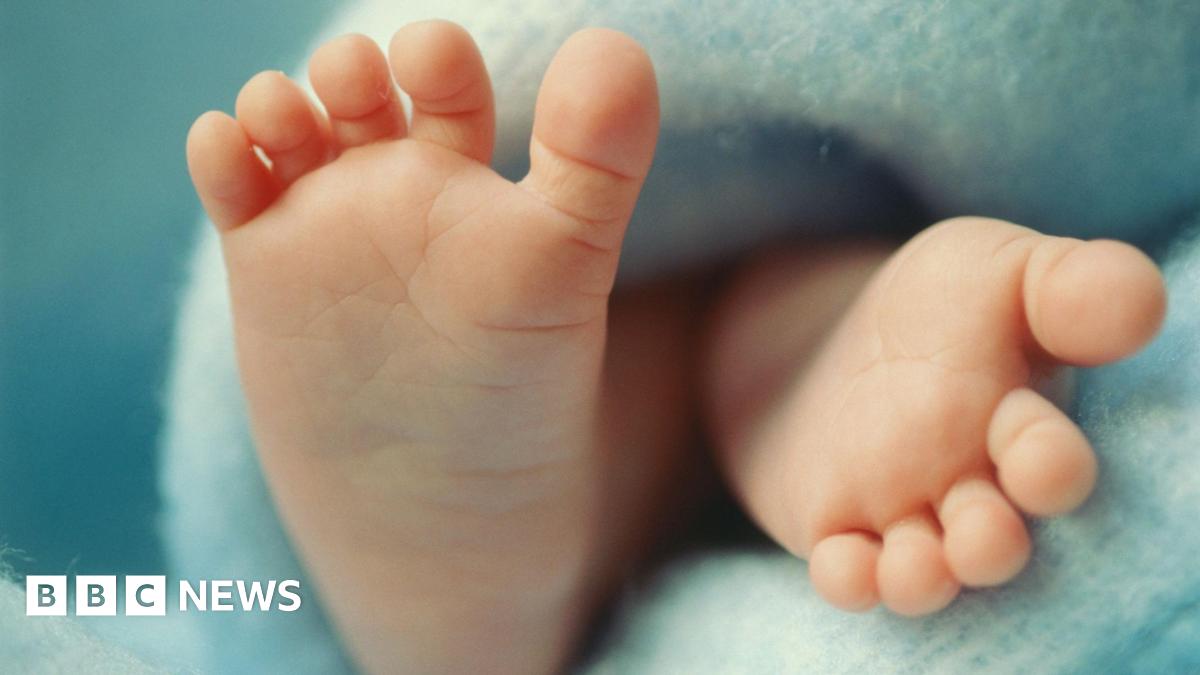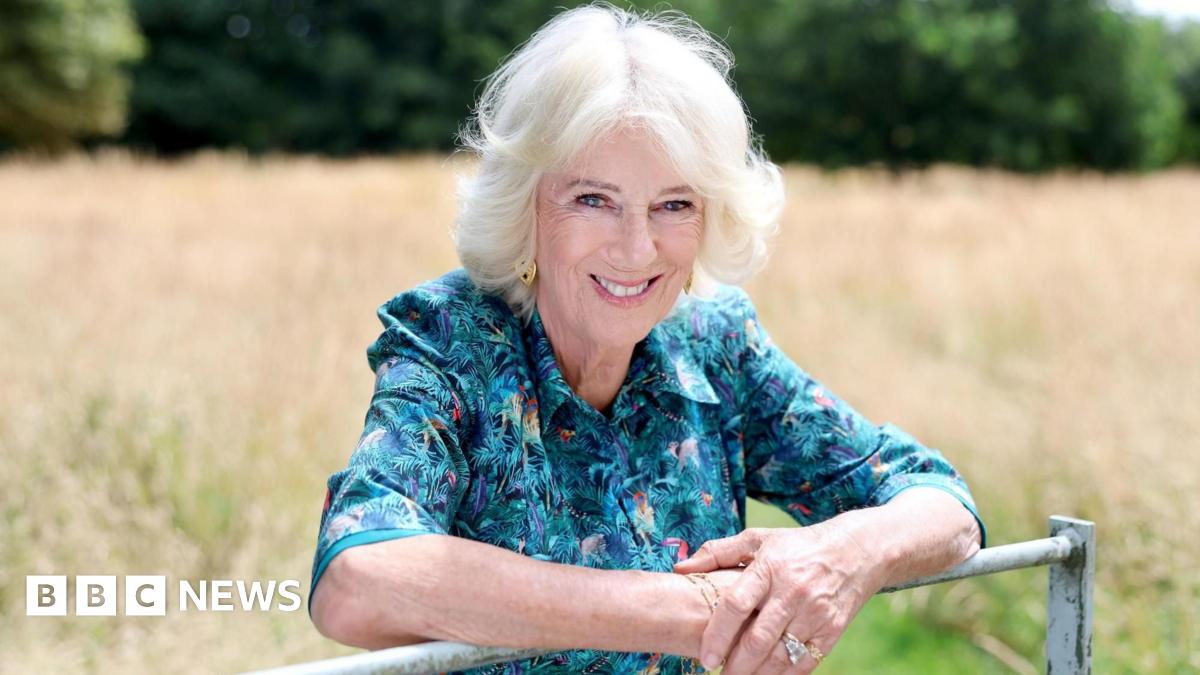Hereditary Disease Prevention: Advances In Three-Person IVF Technology

Welcome to your ultimate source for breaking news, trending updates, and in-depth stories from around the world. Whether it's politics, technology, entertainment, sports, or lifestyle, we bring you real-time updates that keep you informed and ahead of the curve.
Our team works tirelessly to ensure you never miss a moment. From the latest developments in global events to the most talked-about topics on social media, our news platform is designed to deliver accurate and timely information, all in one place.
Stay in the know and join thousands of readers who trust us for reliable, up-to-date content. Explore our expertly curated articles and dive deeper into the stories that matter to you. Visit Best Website now and be part of the conversation. Don't miss out on the headlines that shape our world!
Table of Contents
Hereditary Disease Prevention: Advances in Three-Person IVF Technology
The groundbreaking field of three-person IVF offers hope for families at risk of inheriting devastating mitochondrial diseases. But what are the latest advancements, and what ethical considerations remain?
Mitochondrial diseases, inherited through the mother's mitochondrial DNA (mtDNA), can cause a range of debilitating conditions affecting the brain, muscles, heart, and other organs. For families with a history of these devastating illnesses, the prospect of having healthy children has long been a daunting challenge. However, significant advancements in three-person IVF (also known as mitochondrial donation) are offering new hope. This revolutionary technology allows doctors to prevent the transmission of faulty mtDNA, paving the way for healthier pregnancies and babies.
Understanding Three-Person IVF
Three-person IVF involves a complex process that combines genetic material from three individuals: the mother, the father, and a donor. The procedure focuses on replacing the mother's faulty mitochondria with healthy mitochondria from a donor. This is achieved through one of two primary methods:
-
Maternal Spindle Transfer: The nucleus (containing the mother's nuclear DNA) is removed from her egg and transferred into a donor egg that has had its nucleus removed. The resulting egg, containing the mother's nuclear DNA and the donor's healthy mitochondria, is then fertilized with the father's sperm.
-
Pronuclear Transfer: Both the mother's and father's genetic material are transferred into a donor egg that has had its nucleus removed. This method is less commonly used due to its greater complexity.
Both methods aim to minimize the risk of inheriting mitochondrial diseases while preserving the genetic identity of the parents.
Recent Advances and Breakthroughs
Recent years have seen remarkable progress in three-person IVF techniques:
-
Improved Efficiency: Researchers are continuously refining the procedures to increase the success rates of egg fertilization and embryo development. This leads to higher chances of a successful pregnancy and a healthy baby.
-
Enhanced Genetic Screening: Advanced genetic screening technologies allow for more precise identification of faulty mtDNA before the procedure, improving the selection of suitable donor mitochondria.
-
Long-Term Studies: Longer-term follow-up studies on children born through three-person IVF are providing valuable data on their health and development, reassuring both parents and medical professionals about the long-term safety and efficacy of the procedure.
-
Wider Availability: While still not widely available globally, more clinics are gaining the expertise and licenses to offer three-person IVF, making it more accessible to families in need.
Ethical Considerations and Future Directions
Despite its potential benefits, three-person IVF has raised important ethical considerations:
-
Genetic Modification: The procedure involves altering the germline, raising concerns about unintended consequences for future generations.
-
Donor Anonymity and Rights: The rights and anonymity of the mitochondrial donor are crucial ethical considerations that need careful attention.
-
Regulatory Frameworks: Consistent and well-defined regulatory frameworks are essential to ensure ethical and safe implementation of the technology worldwide.
The future of three-person IVF looks promising. Ongoing research focuses on optimizing techniques, minimizing risks, and addressing ethical concerns. As technology continues to advance and ethical debates progress, three-person IVF holds the potential to significantly impact families affected by devastating mitochondrial diseases.
Call to Action: Learn more about mitochondrial diseases and the latest advancements in reproductive technologies by visiting reputable organizations such as [link to a relevant organization]. For families facing the challenges of inheriting mitochondrial diseases, seeking advice from genetic counselors and reproductive specialists is crucial.

Thank you for visiting our website, your trusted source for the latest updates and in-depth coverage on Hereditary Disease Prevention: Advances In Three-Person IVF Technology. We're committed to keeping you informed with timely and accurate information to meet your curiosity and needs.
If you have any questions, suggestions, or feedback, we'd love to hear from you. Your insights are valuable to us and help us improve to serve you better. Feel free to reach out through our contact page.
Don't forget to bookmark our website and check back regularly for the latest headlines and trending topics. See you next time, and thank you for being part of our growing community!
Featured Posts
-
 Trump Administration Sued Allegations Of Illegal Ice Arrests In Immigration Courts
Jul 18, 2025
Trump Administration Sued Allegations Of Illegal Ice Arrests In Immigration Courts
Jul 18, 2025 -
 Nypd Under Mayor Adams A Lawsuit Claims Criminal Enterprise Operations
Jul 18, 2025
Nypd Under Mayor Adams A Lawsuit Claims Criminal Enterprise Operations
Jul 18, 2025 -
 Gen G Missing From Riots Msi Celebration A Public Relations Disaster
Jul 18, 2025
Gen G Missing From Riots Msi Celebration A Public Relations Disaster
Jul 18, 2025 -
 Sonys Karate Kid Legends Number One On Fandangos Weekly Chart July 13
Jul 18, 2025
Sonys Karate Kid Legends Number One On Fandangos Weekly Chart July 13
Jul 18, 2025 -
 Queen Camilla Marks 78th Birthday With The Release Of A New Image
Jul 18, 2025
Queen Camilla Marks 78th Birthday With The Release Of A New Image
Jul 18, 2025
Latest Posts
-
 Cult Of Personality Sanders Sharp Criticism Of Trumps Gop
Jul 18, 2025
Cult Of Personality Sanders Sharp Criticism Of Trumps Gop
Jul 18, 2025 -
 Rac Investigation Rising Kiss And Fly Fees At Major Uk Airports
Jul 18, 2025
Rac Investigation Rising Kiss And Fly Fees At Major Uk Airports
Jul 18, 2025 -
 Uk Airport Kiss And Fly Fees Soar Rac Report Highlights Increases
Jul 18, 2025
Uk Airport Kiss And Fly Fees Soar Rac Report Highlights Increases
Jul 18, 2025 -
 Karate Kid Legends Tops Weekly Fandango Rentals Sonys Success
Jul 18, 2025
Karate Kid Legends Tops Weekly Fandango Rentals Sonys Success
Jul 18, 2025 -
 Air India Fuel Emergency Captains Calm Actions Prevent Disaster
Jul 18, 2025
Air India Fuel Emergency Captains Calm Actions Prevent Disaster
Jul 18, 2025
